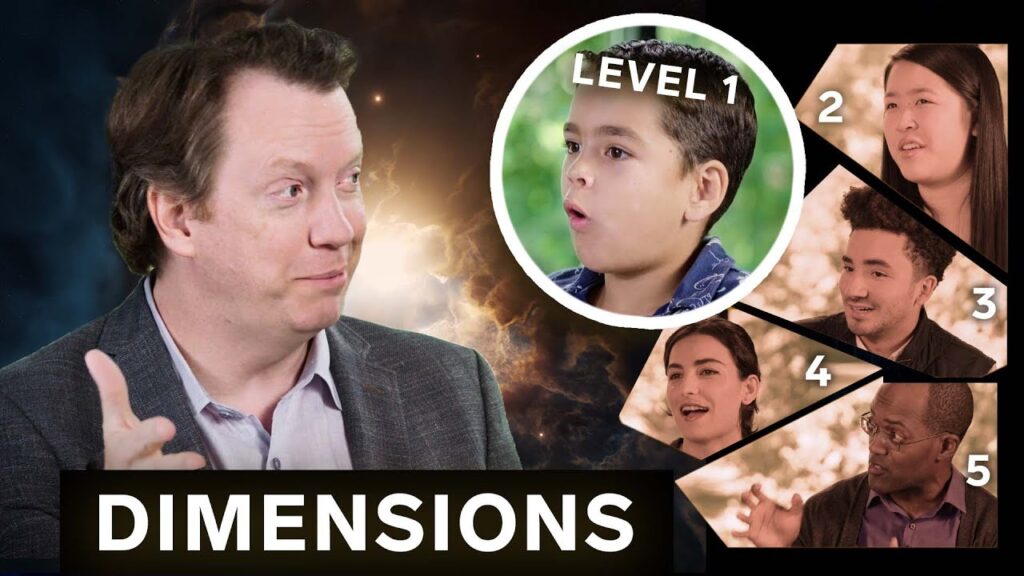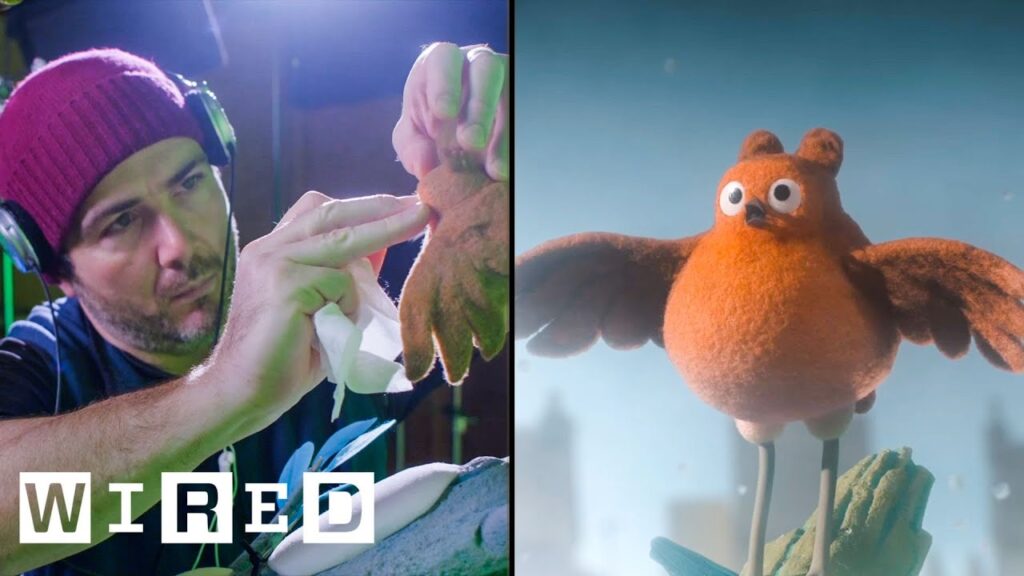Exploring Moravec’s Paradox: The Limitations and Challenges of Robotics and AI
Summary
In this article, we explore Moravec’s Paradox, which explains that tasks that seem easy for humans, such as perception and action, are difficult for robots to perform, while seemingly complex tasks, like computing large numbers, are relatively easy for robots. We understand that one of the main challenges in teaching robots is the lack of data for them to learn basic tasks. The article emphasizes the importance of recognizing the hierarchical nature of tasks and the need for robots to learn from human experiences to be capable alongside humans.
Table of Contents
- Understanding Moravec’s Paradox
- The Importance of the Perception-Action Loop for Robots
- Challenges in Teaching Robots Basic Tasks
- Overcoming Challenges: Deep Learning and Simulators
- Recognizing the Hierarchical Nature of Tasks
- Conclusion
Introduction
Robots have become a crucial part of our daily lives, performing tasks ranging from performing complex surgeries to cleaning our living spaces. However, while we may take some tasks for granted, such as stacking cups, we should recognize that these tasks are difficult for robots to perform. The hurdles in teaching robots go beyond robot mechanics and encompass the very core of robot learning- their AI systems. In this Q&A, we explore some of these limitations and challenges of AI systems and robotics.
Q&A
Understanding Moravec’s Paradox
Question: What is Moravec’s Paradox, and what does it tell us about the limitations of robots?
Answer: Moravec’s Paradox is the concept that tasks requiring high-level cognitive reasoning and abstraction are relatively easy for robots to perform, while the simple and fundamental actions we perform with ease are much more difficult to teach robots. This paradox highlights the limitations of robots in performing tasks that form the core of human cognition and perception.
The Importance of the Perception-Action Loop for Robots
Question: How do humans learn basic actions, and why is it difficult for robots to learn them?
Answer: Humans learn the basic actions we perform by doing them repeatedly through years of evolution and experience. However, the physical act is only a part of the learning process. Perception-action loops are a complicated part of our cognitive process that require integrating sensory information and motor responses. For robots, replicating the perception-action loop is challenging as it requires both physical action and understanding sensory cues.
Challenges in Teaching Robots Basic Tasks
Question: What is the biggest obstacle in teaching robots basic tasks?
Answer: One of the main challenges in teaching robots is the lack of data for them to learn basic tasks. While reinforcement learning has been used to teach robots, the time and resources required to collect the data needed for a robot to learn a task can be extensive. Additionally, if the robot is trained on specific data, it may not perform as well on a similar but different task.
Overcoming Challenges: Deep Learning and Simulators
Question: How can we overcome the challenges in teaching robots, and what are some tools that can help?
Answer: Using deep learning for training artificial neural networks has been a useful tool for teaching robots. Imitation learning and behavioral cloning are efficient methods for handling non-rigid and deformable objects. Moreover, building simulators based on real data using machine learning is a promising direction to accurately capture real interactions. These simulators allow for the generation of more diverse data, which can help robots learn tasks more efficiently.
Recognizing the Hierarchical Nature of Tasks
Question: Can you explain the hierarchical nature of tasks and how it affects teaching robots?
Answer: The hierarchical nature of tasks means that higher-level tasks are more straightforward for AI systems since they already have the necessary abstractions to perform the task. However, the challenge lies in creating those abstractions and handling low-level sensory inputs. Recognizing the hierarchical nature of tasks can help in training AI systems and teaching robots, particularly for complex tasks that require the integration of multiple building blocks.
Conclusion
Robots and AI systems have come a long way, but they still have a long way to go before they can perform as well as humans in the most basic tasks. The challenges in robotics lie in replicating the perception-action loop and teaching robots to learn from human experiences. However, with the growing use of deep learning and simulators, we are making progress towards this goal. The article emphasizes the need for people to acknowledge the limitations of these systems as they continue to become a part of our daily lives. Recognizing the challenges and limitations of robotics and AI is crucial to their future development and integration into the world alongside humans.







